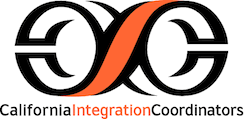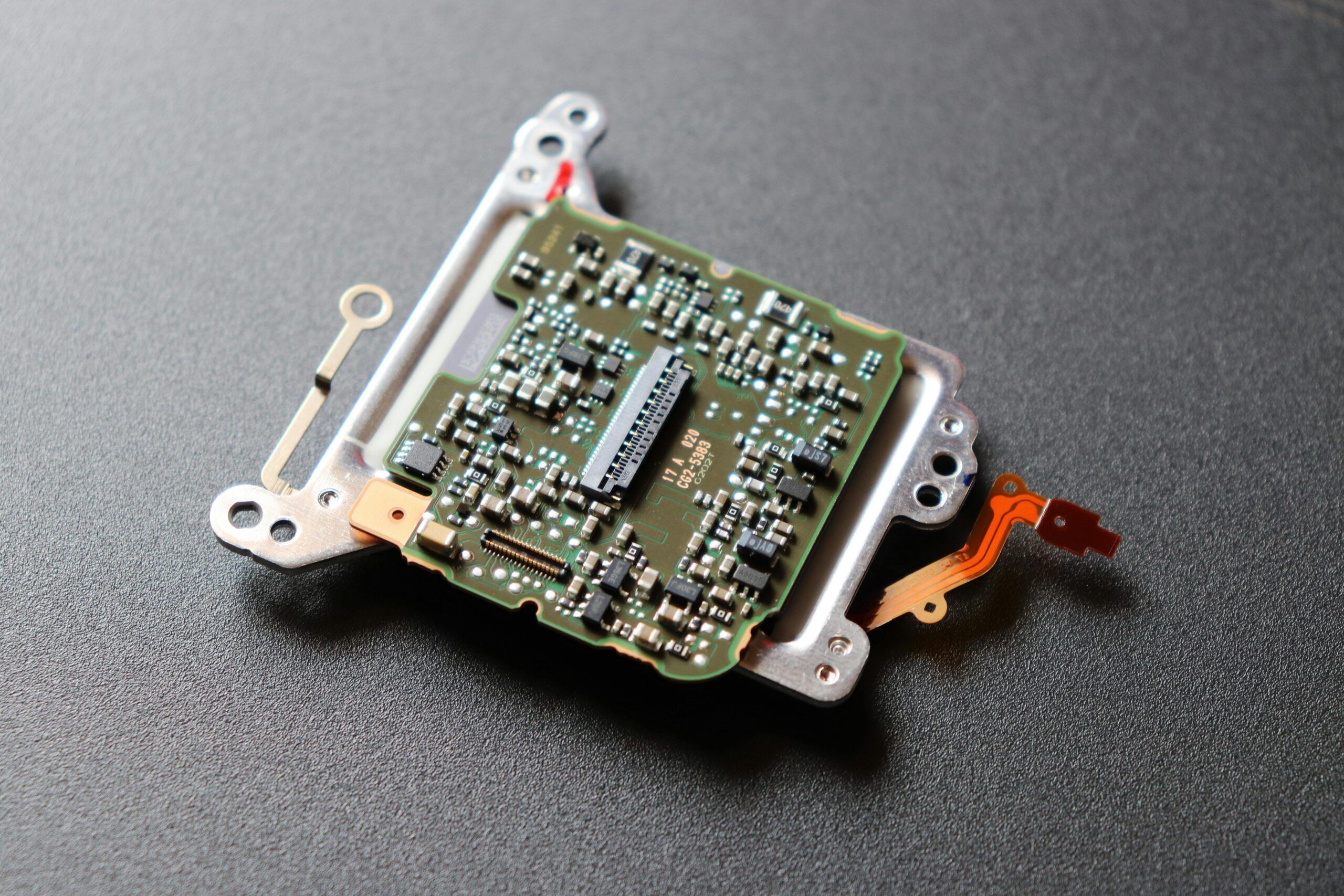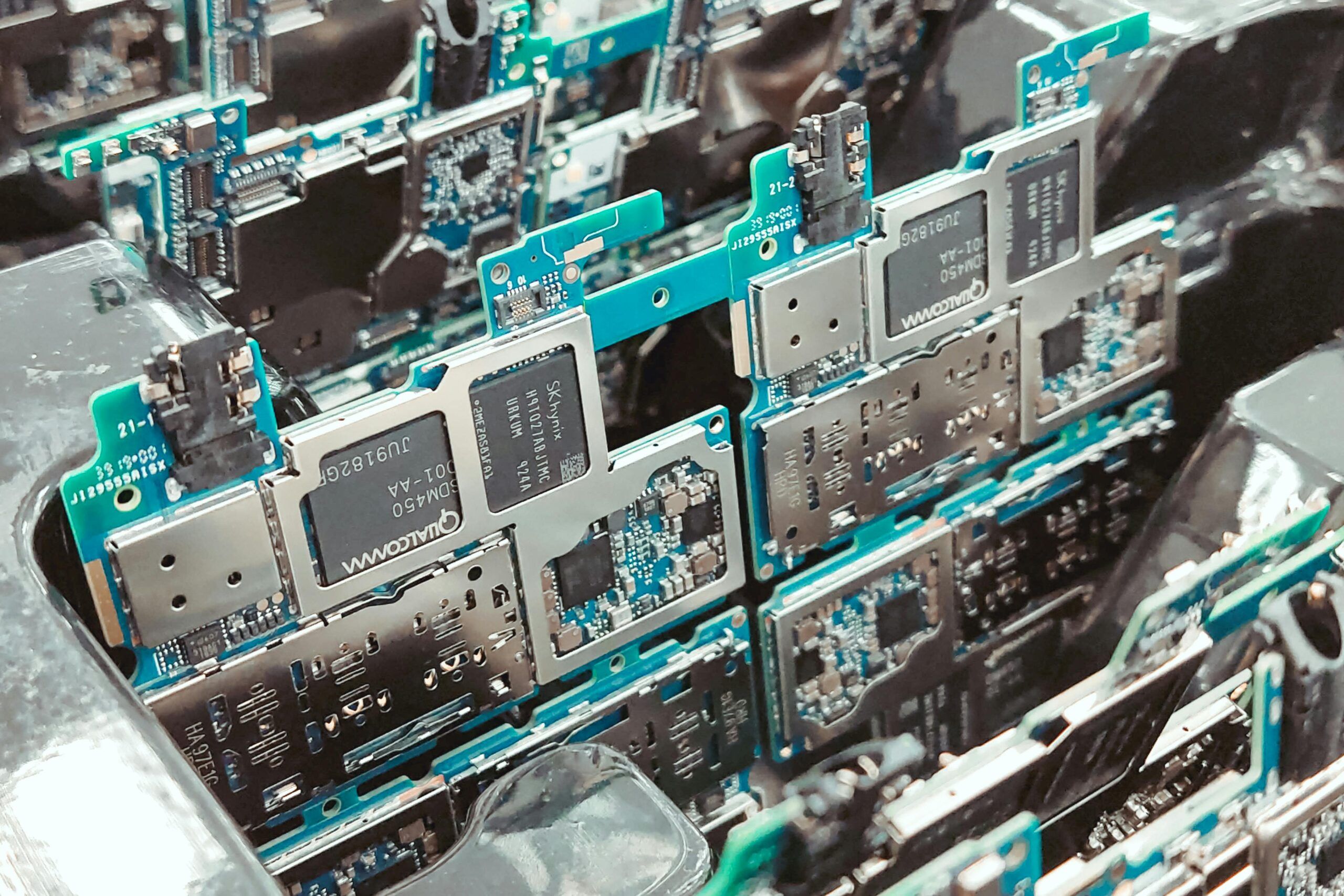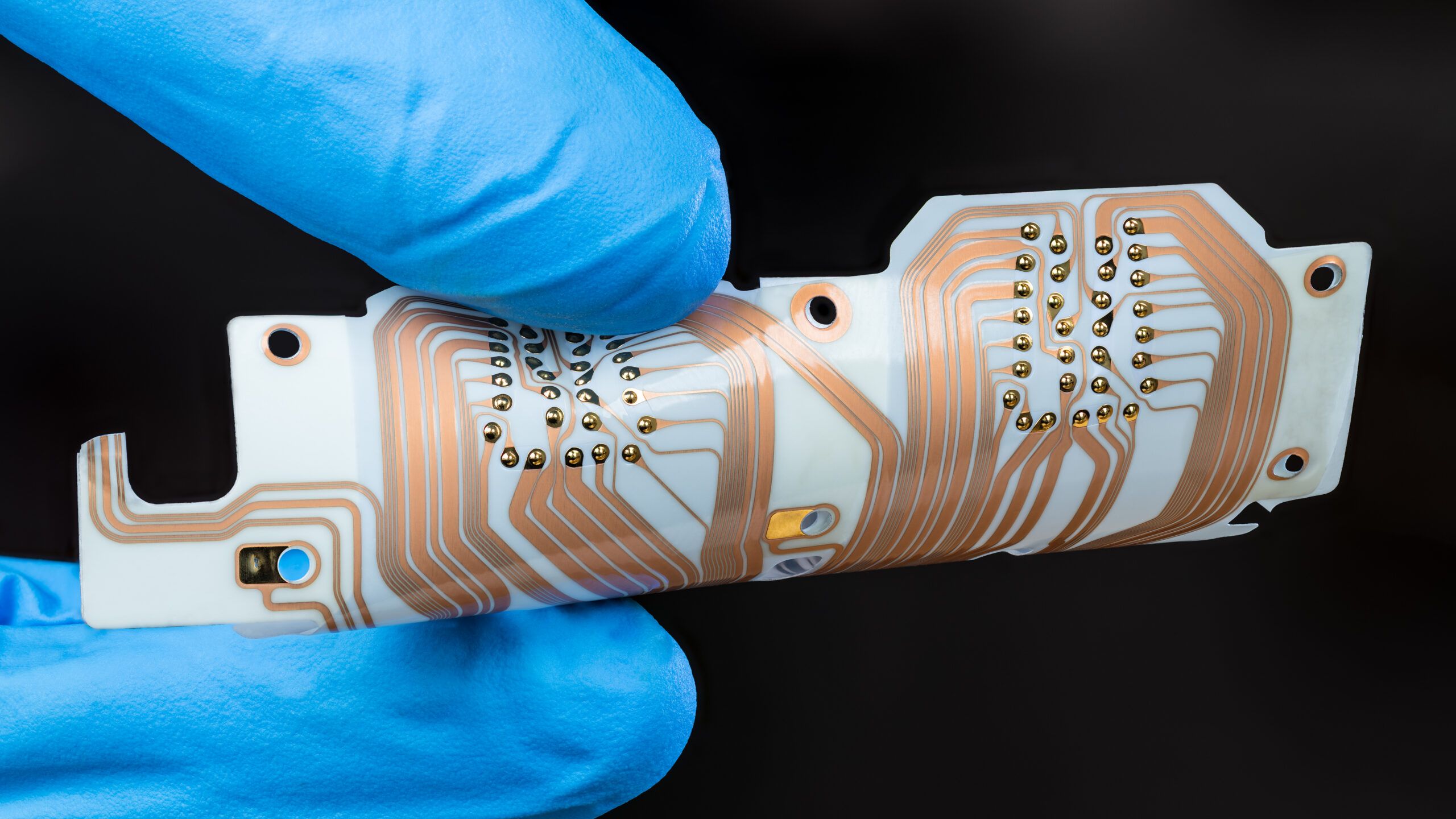Tariffs used to be a line item. Now they’re a moving target.
For anyone sourcing electronic components, tariffs and duties have become a frustrating wildcard. One month, your part comes in with minimal fees. The next, it’s carrying a 25%+ surprise markup. The Liberation Day tariffs have only added fuel to the fire. And if you’re juggling dozens or hundreds of line items across multiple suppliers, that volatility makes accurate project costing nearly impossible.
Predicting tariffs isn’t just about staying on top of trade news. It’s about understanding origin country designations, harmonized codes, and how your vendors ship and label your materials. Most teams simply don’t have the bandwidth to track and manage that at scale.
A few tips we recommend to help navigate this:
- Ask vendors upfront if tariffs are included. Don’t assume! Clarifying this can prevent nasty surprises when material actually arrives.
- Build a buffer into your quotes. Especially for longer-term projects, having a small margin to absorb tariff changes can keep projects on track.
- Work with partners who re-verify costs before you place orders. Tariff rates can change fast — good partners will alert you before you commit.
At CIC, we build this layer of awareness into our quoting and procurement process. We ask better questions up front, and we know when to flag something that might carry a surprise cost. That means fewer surprises for your project and a better shot at staying on budget.
Because no one likes paying for a tariff they didn’t see coming.





